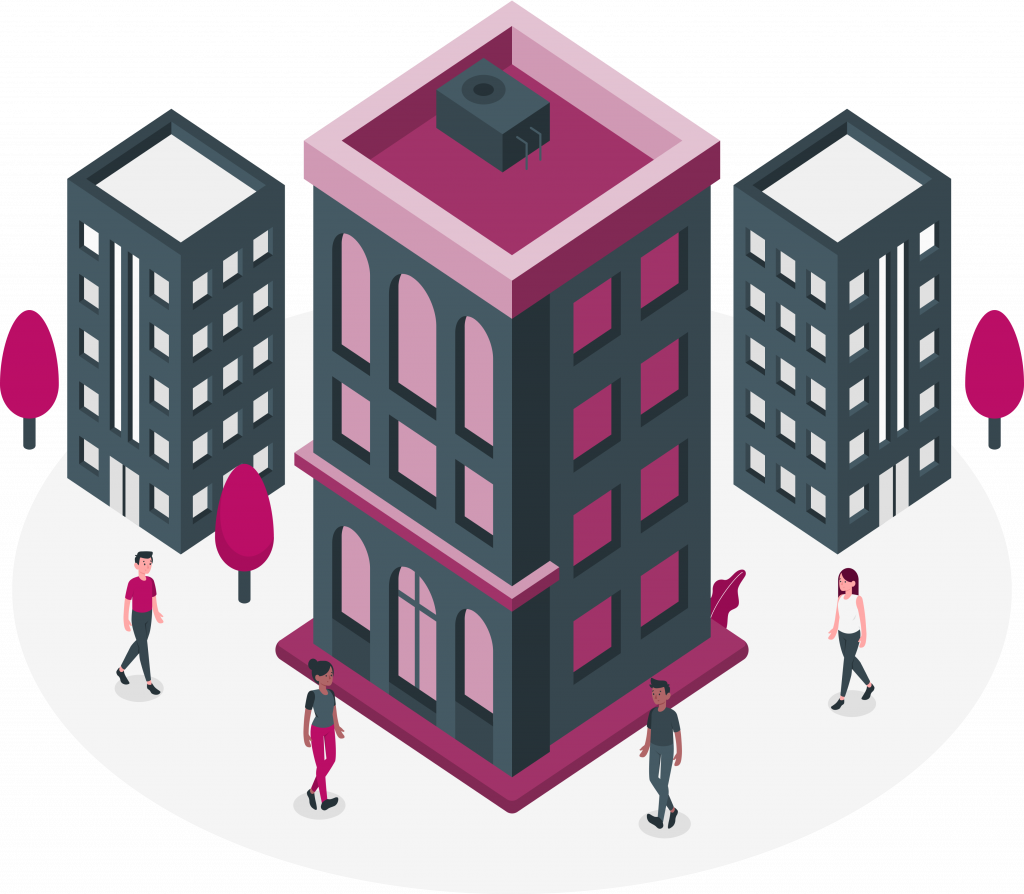Infrastructure and Human Capital
Capitalize on Existing Infrastructure to Create and Develop Social Enterprises especially at grassroots

GOALS

Infrastructure
Infrastructure is not only well developed in both urban and rural areas, but also affordable for the whole population. Innovative solutions prevailand SEs are encouraged, not obstructed , in using the infrastructure at hand
Human Capital
The overall skill level of the population provides a sufficient pool of skilled labor. The education system nurtures an entrepreneurial mindset and prepares interested youth for a future in the SE sector. The sector upholds a positive image in society, and working for a SE is a desirable occupation. Salaries can compete with the public and private sector
Companies
Provide financial and technical assistance to catalyse rural social enterprises
Gaps and Opportunities
in Sarawak Digital
Start-up Hubs and initiatives such as Digital Villages and other SDIE players are not yet SE ready nor have sufficient competencies or skills to support SEs.(impact measurement, SE networks for example) However, their services are extensive enough to cater to the Social Enterprise.
Not many large corporations provide technical expertise or infrastructural support to SEs.
Support is “distant”
Access to support and facilitation for SE is mostly only available in major cities/towns
No local intermediaries to help advocate, negotiate and manage services and facilitation provided by all enablers.
There is still a very low prevalence of Social Entrepreneurship amongst students (generally in Malaysia)
Road access and internet coverage can be improved particularly for rural areas, as this impedes sales and distribution of good and services by social entrepreneurs.

Key Strategies


